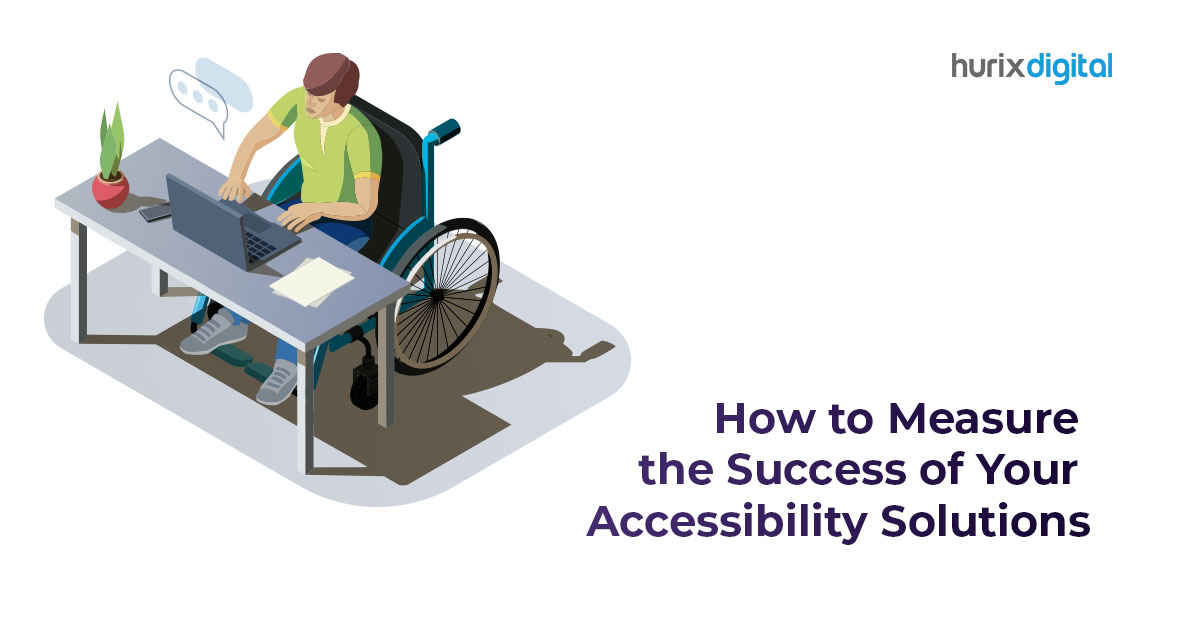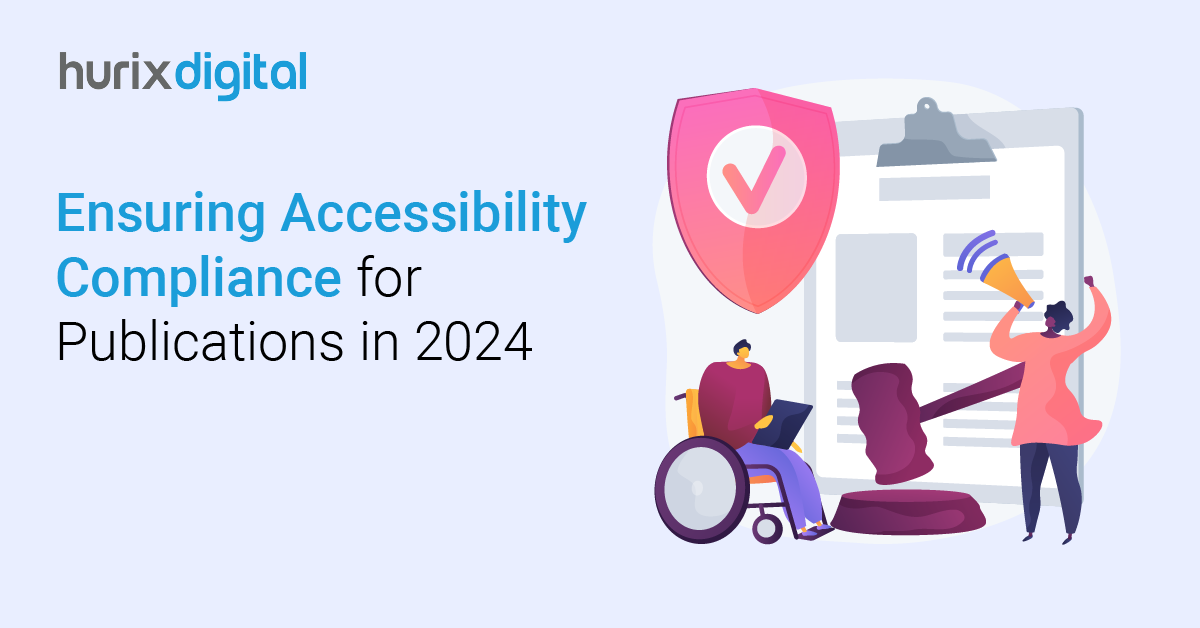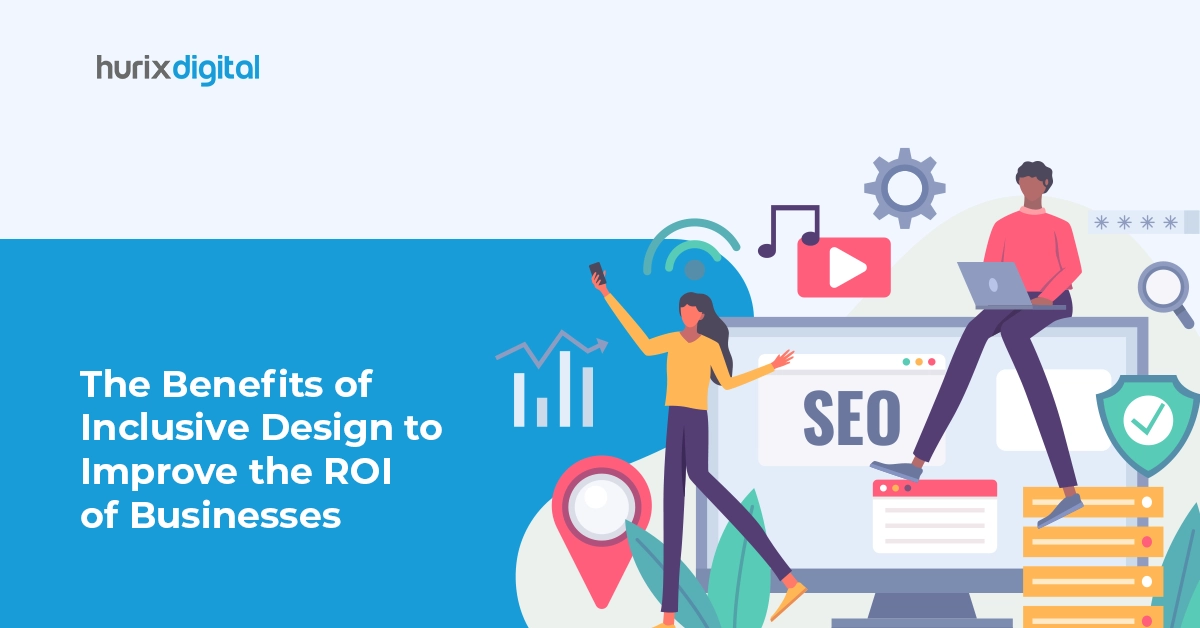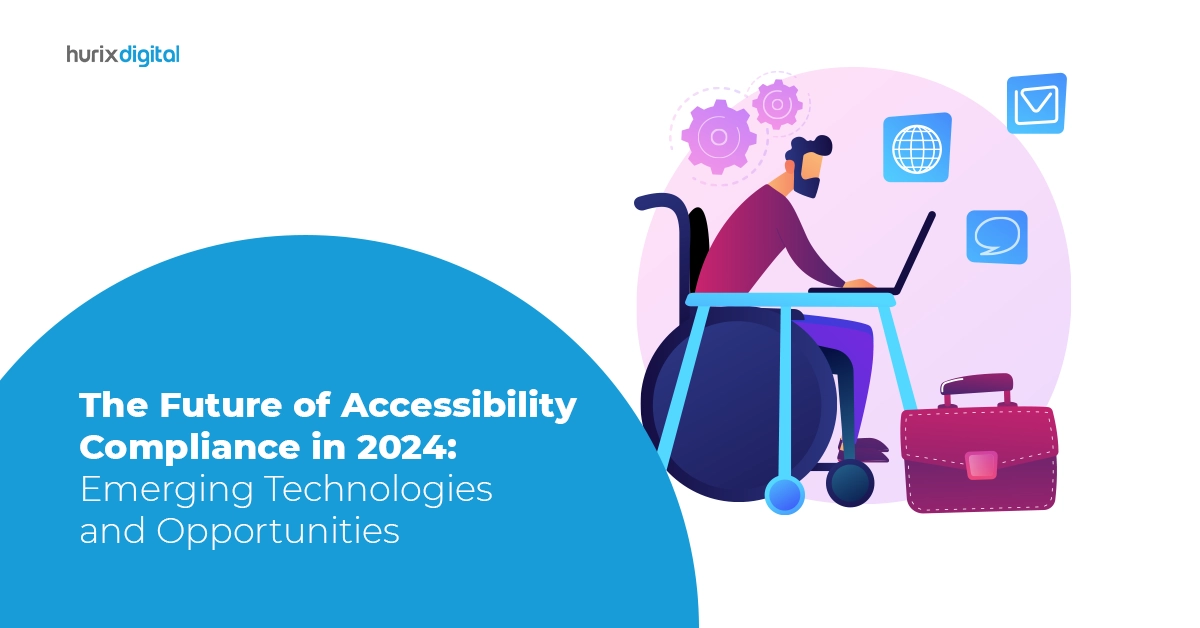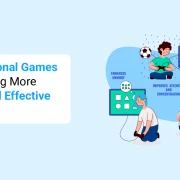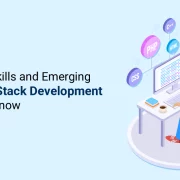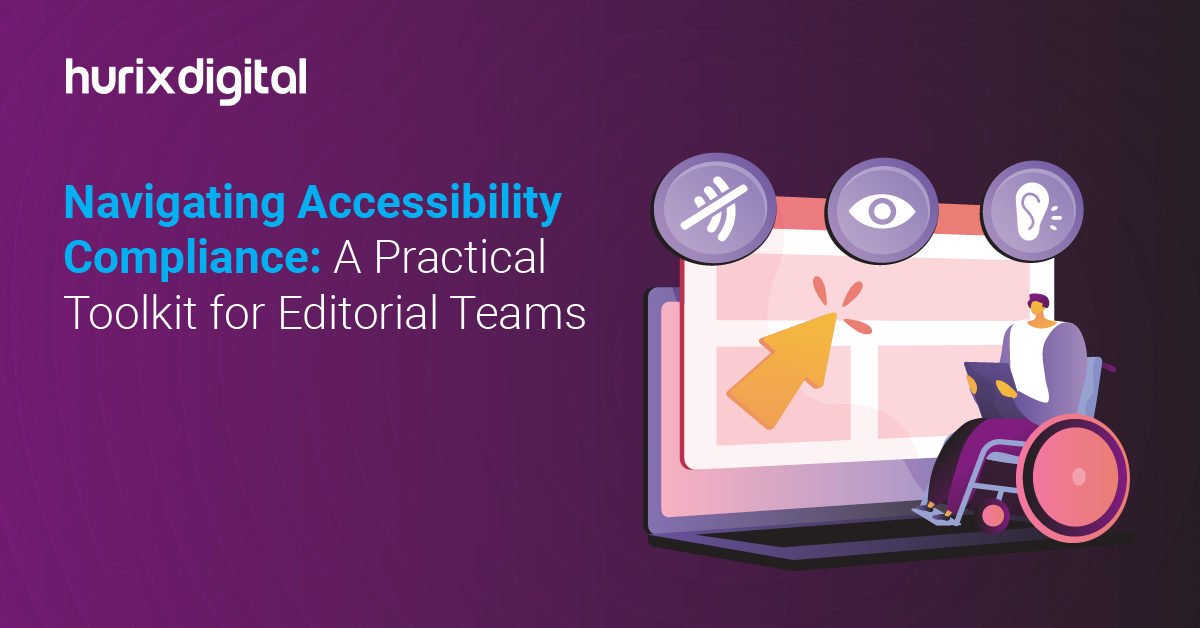
Navigating Accessibility Compliance: A Practical Toolkit for Editorial Teams
Summary
This blog offers editorial teams tips on ADA/WCAG compliance, using tools, and creating inclusive content, with case studies on prioritizing accessibility.
The World Health Organization estimates that over 1.3 billion people worldwide live with a handicap, so editorial teams must give accessibility top priority. Following ADA and WCAG requirements promotes social responsibility and enhances user experiences, which in turn builds trust and brand loyalty.
Making accessibility a top priority also demonstrates your dedication to inclusion and helps you reach a larger audience. It’s not just about following the law; it’s also about improving everyone’s experience and winning over your audience’s trust.
Table of Contents:
- Understanding Accessibility Compliance: Key Concepts and Standards
- A Step-by-Step Accessibility Checklist for Editorial Managers
- Tools and Resources for Enhancing Content Accessibility
- Integrating Accessibility into Your Editorial Workflow
- Case Studies: Success Stories in Editorial Accessibility
- Wrapping Up
Understanding Accessibility Compliance: Key Concepts and Standards
In digital publications, accessibility compliance guarantees that the information is readable by individuals with disabilities. Providing digital materials that are usable by everyone, irrespective of their physical or mental capabilities, is part of this.
Key adaptations often involve:
- Screen Reader Compatibility: Ensuring content can be read by screen readers.
- Alternative Text: Providing descriptions for images.
- User-Friendly Navigation: Designing easy-to-use website navigation.
Thanks largely to the Americans with Disabilities Act (ADA), people with disabilities are guaranteed equal opportunities in public areas, employment, and communications,
The World Wide Web Consortium (W3C) provides internationally recognized standards through the Web Content Accessibility Guidelines (WCAG). Their main goal is to create solid, understandable, and functional materials. Editorial managers can guarantee that their content is accessible to all users by adhering to these rules.
Also Read: A Comprehensive Mobile Accessibility Testing Checklist
A Step-by-Step Accessibility Checklist for Editorial Managers
As editorial managers, one of the most important aspects of digital publishing is making sure your material is accessible. The best practices for accessibility are covered in detail in this checklist, with an emphasis on editorial accessibility, content accessibility, and accessibility compliance.
1. Compliance with Legal Standards
- ADA Compliance: Ensure that your website complies with the Americans with Impairments Act (ADA) to provide equality to all people with impairments.
- WCAG Guidelines: Comply with all current online content accessibility guidelines to ensure that websites are accessible to individuals with disabilities. The guideline is currently in version 2.1.
2. Text and Media Accessibility
- Alternative Text for Images: Providing alternative text or description for the content and purpose of all images.
- Video and Audio Transcripts: Provide transcripts for audio and captions for video content. These must be aligned and accurate.
3. Navigational Consistency
- Keyboard Navigation: Verify that the keyboard can reach all interactive elements, including buttons, forms, and drop-down menus.
- Skip Links: To enable people to skip over repetitious text and go straight to the main content sections, provide skip links at the top of pages.
4. Readability and Presentation
- Contrast Ratios: The minimum necessary contrast ratio for typical text can be kept at 4.5:1, while for huge text, it can be kept at 3:1, to assure readability.
- Readable Fonts: Make sure that readable fonts are used, and give users the ability to change font size without affecting the website’s design.
5. Testing and Validation
- Automated Programs: To identify frequent accessibility errors in web material, regularly use programs like AXE or WAVE.
- User Testing: To get firsthand feedback on how accessible your information is, hold usability sessions with volunteers who have disabilities.
6. Training and Policy Development
- Training for All Staff: All staff should receive training on guidelines and the need to adhere to accessibility.
- Accessibility Policy: Create an accessibility policy that applies to the entire organization and outlines your goals and strategies for meeting and upholding accessibility requirements.
7. Continuous Improvement
- Accessibility Audits: Plan on conducting accessibility audits regularly to make sure that accessibility compliance is maintained and to handle any emerging problems.
- Content updates: Review and update already published material to ensure it is compliant with the latest accessibility requirements.
8. Editorial Access Practices
- Inclusive Language: Use language that is inclusive and devoid of prejudices that might annoy or alienate people with disabilities.
- Complexity Management: Provide simplified forms of overly complex information, that is, definitions of technical terminologies and acronyms.
The 2024 WebAIM Million report indicated that 95.9% of the top 1,000,000 home pages had detectable WCAG 2.0 failures. That number illustrates both the scale of the work regarding web accessibility and how necessary it is for editorial teams to give due diligence to practicing it.
Tools and Resources for Enhancing Content Accessibility
For editorial managers committed to upholding accessibility compliance, a suite of sophisticated tools and resources is important. These aids facilitate accessibility testing and help maintain compliance with ADA and WCAG guidelines, ensuring digital content is accessible to all users.
1. Web Accessibility Evaluation Tools
- WAVE (Web Accessibility Evaluation Tool): A web page output that shows you possible problem areas with your web content’s accessibility.
- AXE Accessibility Checker: A browser extension that audits your web pages against WCAG standards, identifying issues in real-time.
2. Screen Readers
- NVDA: A free, open-source screen reader designed to enable blind and visually impaired individuals to use computers.
- JAWS (Job Access With Speech): When it comes to software, people with vision impairments use it the most. On websites and other information contained in digital content, it speaks out loud.
3. Color Contrast Analyzers
- Color Contrast Accessibility Validator: Check that your text and background have proper contrast.
- Adobe Color: It checks contrasts and also suggests accessible color schemes.
A study by WebAIM estimates that there were 56,791,260 distinct accessibility errors in the top one million websites, which is an average of 56.8 errors per page. This is quite an alarming statistic and forms one of the backdrops for these tools to be reviewed for action towards ensuring digital accessibility.
Integrating Accessibility into Your Editorial Workflow
Embedding digital accessibility into daily editorial tasks is essential for creating inclusive content.
Here are actionable tips for editorial managers:
- Prioritize Accessibility from the Start: Incorporate accessibility checks into your content development process, not just as a final review.
- Use Accessibility Tools: Equip your team with tools like WAVE or AChecker to integrate accessibility testing into daily routines.
- Regular Training: Hold regular training sessions to keep the team updated on the latest accessibility standards and practices, such as WCAG guidelines.
- Collaborate with Experts: Engage accessibility consultants to review and provide feedback on your content periodically.
- Alt Text for Graphics and Videos: Ensure every image, graph, and video includes descriptive alt text that conveys the same information as the visual content.
- Color Contrast: Regularly check that your text and background color contrast meet the minimum requirements for visibility, particularly after design updates.
- Accessible Navigation: Make sure that all interactive elements are clickable and also navigable via keyboard.
Case Studies: Success Stories in Editorial Accessibility
In the pursuit of editorial accessibility, several organizations have set benchmarks by successfully implementing accessibility best practices.
1. Microsoft
As part of its commitment to inclusivity, Microsoft ensures all digital content released by the company is accessible through the Microsoft Inclusive Design Initiative. Following the strict guidelines set forth by WCAG has helped Microsoft enhance user engagement and global reach, proving that accessibility can drive innovation and inclusion.
2. BBC
The BBC is a clear example of editorial responsibility and compliance. In this respect, the BBC accessibility team has played the leading role and developed its internal guide, which is far ahead of WCAG. In the same vein, all BBC content, whether text or multimedia, is made accessible.
3. National Public Radio (NPR)
NPR has an accessibility feature in its editorial workflow. High-quality accessibility testing refines the user experience iteratively. Thus, NPR is known for its commitment to features like frequent website and mobile app updates regarding emerging standards in accessibility.
Also Read: How to Conduct an Accessibility Audit on Your Website?
Wrapping Up
Embracing accessibility compliance is a strategic asset for editorial managers. Implementing best practices such as adhering to WCAG guidelines and utilizing appropriate tools ensures content is accessible to all users, enhancing reach and engagement.
The success stories of companies like Microsoft, BBC, and NPR illustrate that prioritizing accessibility meets legal standards and offers a competitive advantage by appealing to a broader audience.
Interested in enhancing your editorial accessibility? Hurix Digital can help. With our tailored solutions and expertise, we can transform your content strategy and ensure compliance with global accessibility standards.
Connect with us for more info!

Vice President – Digital Content Transformation. He is PMP, CSM, and CPACC certified and has 20+ years of experience in Project Management, Delivery Management, and managing the Offshore Development Centre (ODC).
